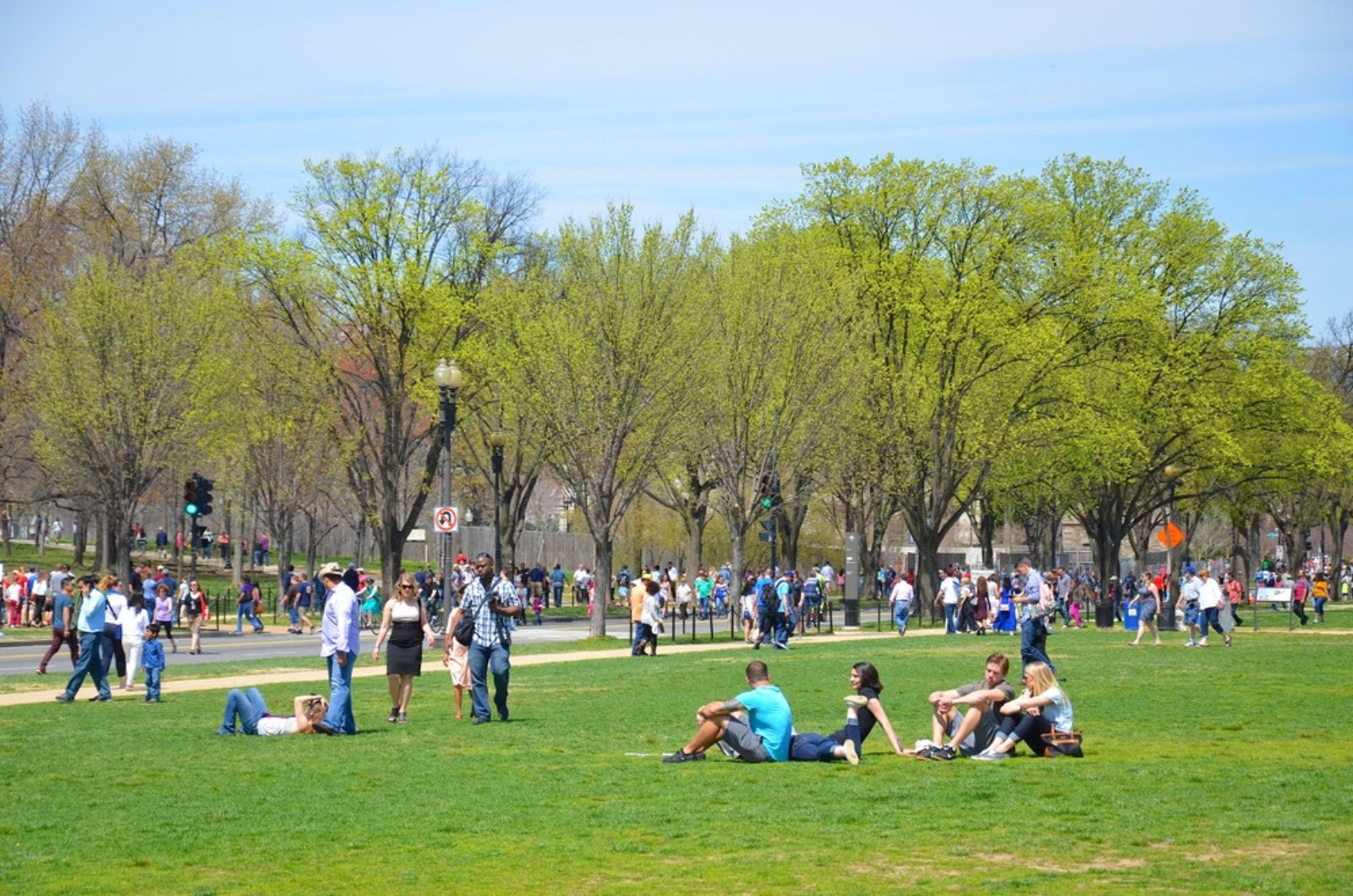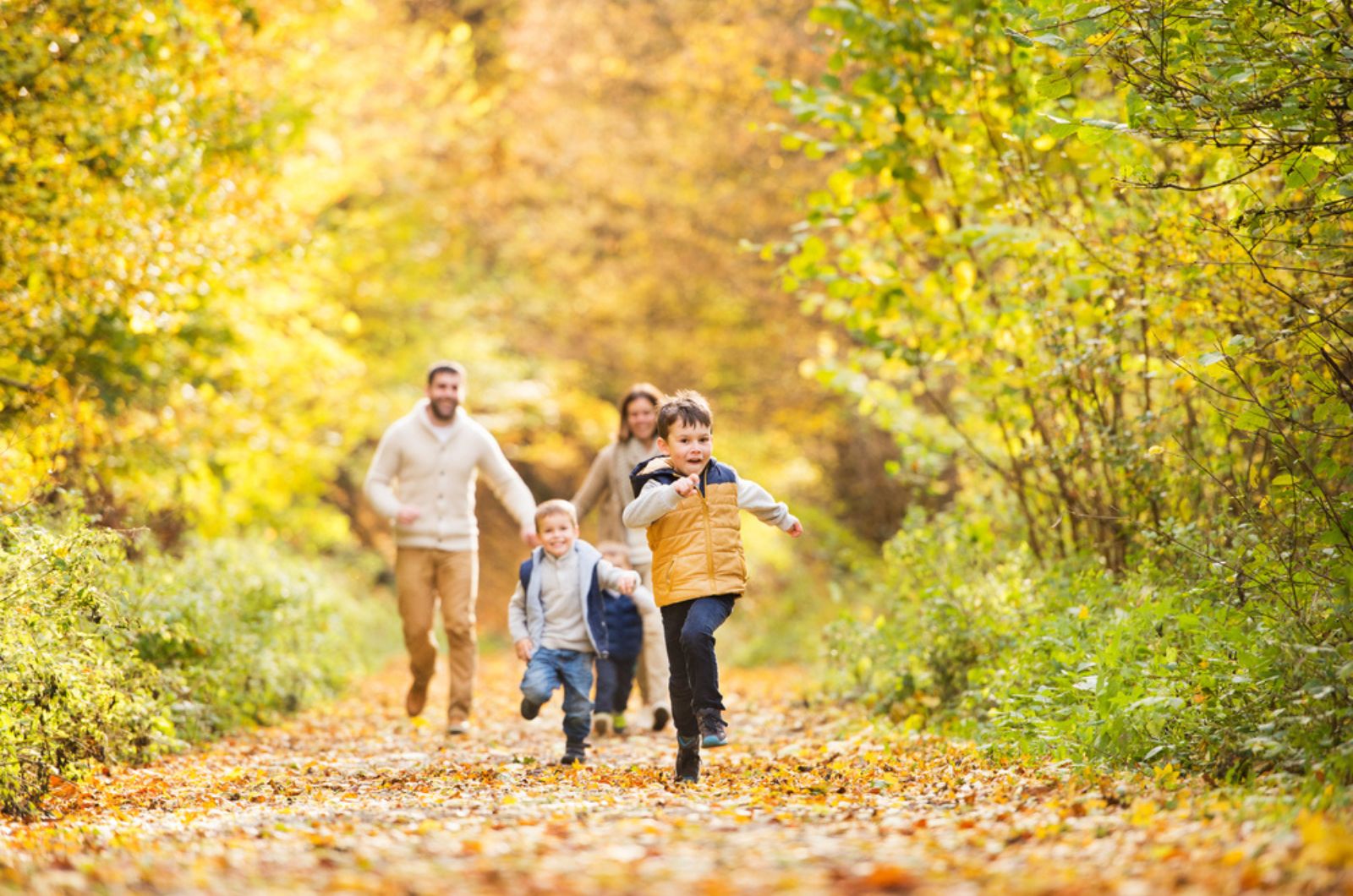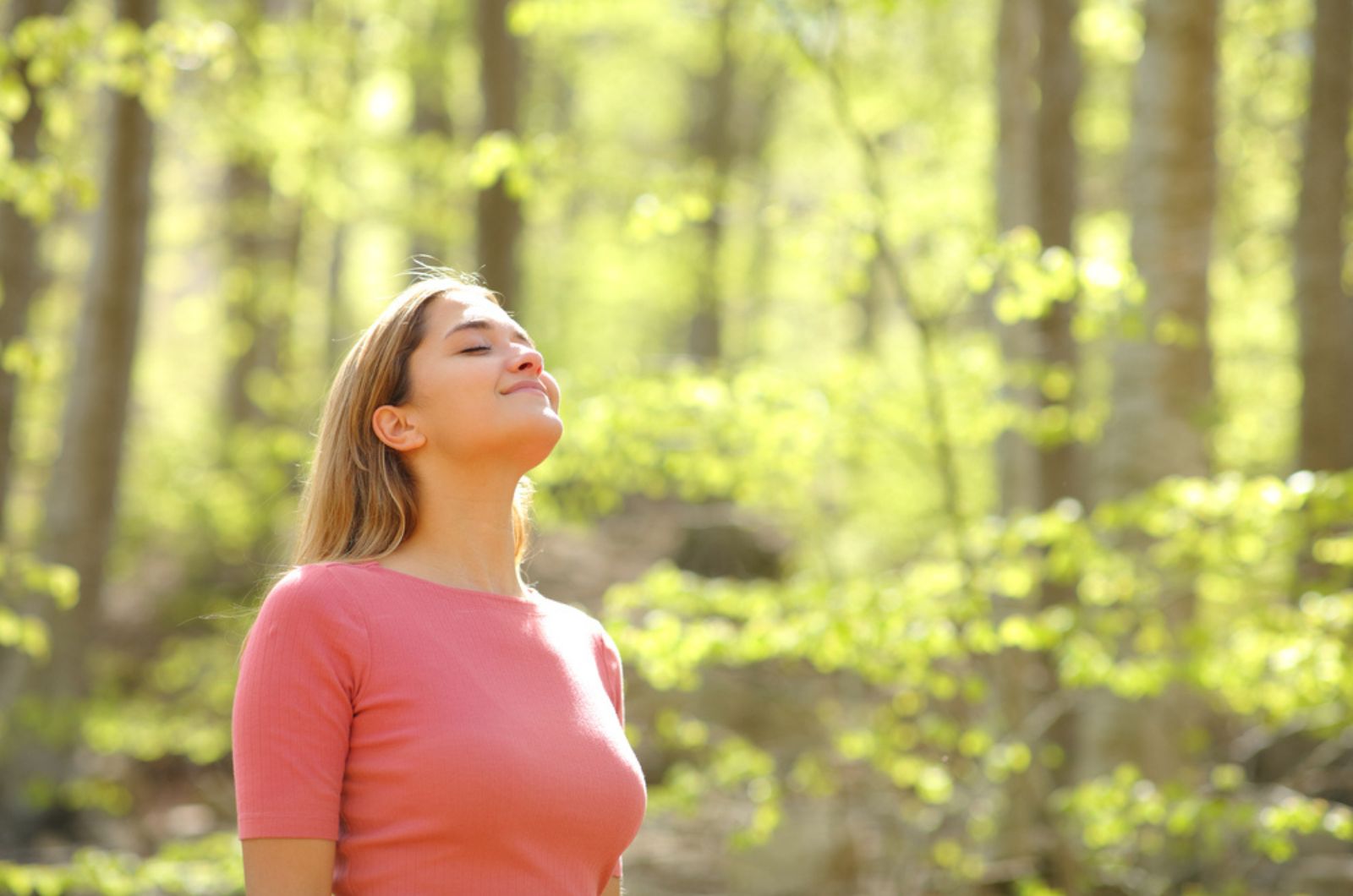Spending time in nature has numerous benefits for the mind and body. It can help you stay fit and just an hour’s worth of work can be all the cardio you need.
But the mental benefits are off the charts, especially with new research supporting this more and more.
Even doctors are beginning to prescribe a walk in the woods as a way to battle stress, anxiety, and depression.
But why does it work?
The research and expert opinions below will tell you all you need to know about the mental and cognitive benefits of spending time in nature and let you in on a secret known as forest therapy.
Cognitive Benefits Of Spending Time In Nature
Spending time outdoors has many benefits. Researchers followed their subjects for 4-8 years and found implications that increasing the number of parks and green spaces in urban areas might mitigate mortality risks to some extent. (1)
Of course, more research is needed, but there have already been testimonials on how nature and gardening has helped people deal with various conditions in a more positive way. And positive overall mental well-being does lower the risk of mortality. (2)
There is much evidence of our brains benefiting from spending more time in the great outdoors.
A simple walk in the park or woods can improve cognitive faculties on so many levels: cognitive development of children, self-control, attentional functioning, working memory, and cognitive flexibility, etc. (3)
And there are many ideas on why nature helps us. One theory suggests that we have an innate desire to be more close to nature since we evolved from it. The other says it is because it reduces stress levels. And the third idea maintains that it simply replenishes our attention span. (4)
Additionally, people who spend more time in nature spend less time in rumination – dwelling on negative thoughts. (5)
Therefore, walking in nature and gardening has many health benefits. Even being in a room with a couple of plants, seeing trees, hearing birdsong, or watching a documentary about nature has shown to have benefits on mental health. (6)
And we are now in the age where we spend more and more time in front of screens, which increases anxiety and stress levels, causes sleep issues, and increases risks of cardiovascular conditions and obesity, depression, etc. (7)
But the idea that we find peace and calm in nature isn’t something extraordinary. We weren’t born to be in windowless rooms surrounded by screens.
Forest Therapy
Forest therapy (or “forest bathing” when translated from the Japanese shinrin-yoku) is a natural extension of spending more time outdoors.
There are a few studies that show the benefits of this approach. One study found it reduces cortisol levels. (8)
Other research showed that forest therapy has positive effects on a protein that helps regulate blood sugar levels. (9)
This practice has much potential. It can improve our overall health, but also help with an ever-growing issue in this modern world – burnout.
However, you have to engage in forest therapy frequently for it to work. Scott Bea, PsyD in Cleveland says it’s like taking a piano lesson. If you never play the piano after that, the lesson doesn’t make much difference.
He suggests the following method:
• Sit comfortably and pay attention to your breathing.
• Notice smells, sounds, thoughts, feelings, and anything else that takes you away from focussing on your breathing.
• If these sensations appear, see if you can notice that they’re drawing your attention away from your breathing and turn it back onto it.
However, this isn’t the only form of forest therapy. You can try forest and Nordic walking, aromatherapy, etc., and see which method works best for you. Sometimes, taking in every sound and smell can do as much as meditation.
These occasional sessions will give you time to recharge, replenish your attention span, and give you the energy you need to get back to your everyday life.
Green Space For Everybody
But you don’t need a forest therapy guide – or even a life-sized forest – to reap the benefits of this process.
As the research from above showed, even looking at a small tree or spending some time in the park can have numerous benefits on your mental health.
All you need are two things: a feeling that you’ve got away from your everyday life and a natural element that will keep your focus.
Therefore, you don’t have to go to Yellowstone park to experience all these benefits. You can do that right in front of your apartment or in the nearest green space available.
But cities just aren’t planting enough trees, either because it’s too expensive or because there’s no room for them. So what to do then? Well, you can start your own small urban garden or surround yourself with houseplants.
The key is to incorporate nature into your everyday life, whether it’s taking a walk in the park, hiking in some nearby woods, or gardening.
And that also means bringing green spaces to lower income communities because they benefit from them the most. Another positive aspect in high income communities won’t make much of a difference, but adding greenery where there is none could mean all the difference in the world. (10)
So take a walk in the woods from time to time and boost your mental health in the best and most positive way.
References:
1. Hajna, S., Nafilyan, V., & Cummins, S. (2023). Associations between Residential Greenspace Exposure and Mortality in 4 645 581 Adults Living in London, UK: A Longitudinal Study. The Lancet Planetary Health.
2. Martin-Maria, N. et. al. (2016). Positive Affect Is Inversely Associated with Mortality in Individuals without Depression. Frontiers in Psychology.
3. Schertz, K. E. & Berman, M. G. (2019). Understanding Nature and Its Cognitive Benefits. Current Directions in Psychological Science.
4. Capaldi, C. A., Passmore, H-A., Nisbet, E. K., Zelenski, J. M., & Dopko, R. L. (2015). Flourishing in Nature: A Review of the Benefits of Connecting with Nature and Its Application as a Wellbeing Intervention. International Journal of Wellbeing.
5. Bratman, G. N., Hamilton, J. P., Hahn, K. S., & Gross, J. J. (2015). Nature Experience Reduces Rumination and Subgenual Prefrontal Cortex Activation. Proceedings of the National Academy of Sciences.
6. How Connecting with Nature Benefits Our Mental Health (2021). Mental Health and Nature.
7. Nakshine, V. S., Thute, P., Khatib, M. N., Sarkar, B. (2022). Increased Screen Time as a Cause of Declining Physical, Psychological Health, and Sleep Patterns: A Literary Review. Cureus.
8. Park, B-J. et. al. (2007). Physiological Effects of Shinrin-yoku (Taking in the Atmosphere of the Forest) – Using Salivary Cortisol and Cerebral Activity as Indicators. Journal of Physiological Anthropology.
9. Li, Q., et. al. (2011). Acute effects of walking in forest environments on cardiovascular and metabolic parameters. European Journal of Applied Physiology.
10. Rigolon, A., Browning, M. H. E. M., McAnirlin, O., Youn, H. (V.). (2021). Green Space and Health Equity: A Systematic Review on the Potential of Green Space to Reduce Health Disparities. International Journal of Environmental Research and Public Health.




